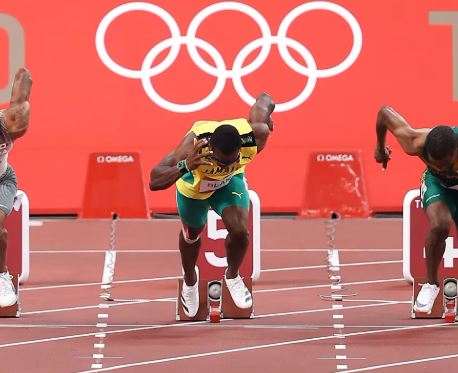Relative energy deficiency in sport (RED-S) is a complex condition that can significantly impact athletic performance and overall health. Often misunderstood or overlooked, RED-S occurs when an athlete’s energy intake is insufficient to meet the demands of their training and daily life. To help demystify this condition, Dr. Jason Pirozzolo, a leading sports medicine expert, shares his insights on recognizing, managing, and treating RED-S.
“RED-S goes beyond just inadequate calories,” explains Dr. Jason Pirozzolo. “It’s about the imbalance between energy expenditure and energy availability. This deficit affects every system in the body, from bone health to hormonal balance.” While originally recognized in female athletes under the term Female Athlete Triad, RED-S applies to all genders and encompasses broader physiological and psychological effects.
Most importantly, early recognition of RED-S is vital to preventing long-term complications. Symptoms may include chronic fatigue, recurrent injuries, menstrual irregularities in women, reduced libido in men, and frequent illnesses due to weakened immunity. Besides that, athletes may experience declining performance despite rigorous training, a key red flag for this condition. “If an athlete is training harder but performing worse, RED-S could be the culprit,” says Dr. Jason Pirozzolo.
Understanding the risks of RED-S requires considering its far-reaching consequences. Bone density loss, for example, is a major concern, as insufficient energy intake impairs the production of hormones like estrogen and testosterone, which are critical for bone health. Athletes with RED-S are more prone to stress fractures and other overuse injuries. “Bone health is a long-term issue,” emphasizes Dr. Jason Pirozzolo. “Damage done during the athletic years can carry over into later life, increasing the risk of osteoporosis.”
Treating RED-S begins with a multidisciplinary approach. Nutrition is the cornerstone, requiring adjustments to ensure adequate caloric intake for both training and recovery. Athletes should work with a sports nutritionist to optimize macronutrient and micronutrient balance. However, psychological support is often equally important, as RED-S is frequently associated with disordered eating patterns or excessive focus on body weight. “Addressing the mindset behind energy deficiency is key to sustainable recovery,” notes Dr. Jason Pirozzolo.
For prevention and management, Dr. Jason Pirozzolo offers these practical strategies:
- Monitor energy availability by tracking caloric intake relative to training demands.
- Incorporate rest days into training schedules to allow for recovery and hormonal regulation.
- Educate athletes and coaches about the signs of RED-S and the importance of adequate nutrition.
Athletes can also benefit from regular health screenings, including blood tests to assess hormone levels and bone density scans. Advances in wearable technology now enable athletes to monitor metrics like resting heart rate and sleep quality, which can indicate energy imbalances. “Technology is helping us catch RED-S earlier by identifying subtle signs of overtraining or underfueling,” says Dr. Jason Pirozzolo.
Parents and coaches play a crucial role in supporting athletes at risk of RED-S. Encouraging open communication about energy needs and fostering a positive environment around food and body image can help prevent the condition. Most importantly, the culture of sport must prioritize health over aesthetics or short-term performance gains. “An athlete who is healthy performs better in the long run,” emphasizes Dr. Jason Pirozzolo.
While RED-S presents serious challenges, it is entirely treatable with the right approach. By prioritizing nutrition, recovery, and education, athletes can maintain optimal energy availability and achieve their performance goals. “Managing RED-S isn’t just about preventing illness; it’s about unlocking an athlete’s full potential,” concludes Dr. Jason Pirozzolo.
For expert advice on sports and orthopedic injuries, recovery strategies, and cutting-edge treatments, follow Dr. Jason Pirozzolo for insights into the latest developments in sports medicine and orthopedic medicine. You may also visit a Key West orthopedic clinic for more information.

